 If you’ve ever been canoeing or kayaking, you’ve probably spooked one of these graceful birds at one time or another. They lift off, maybe make a few squaks before landing again up river. When you round the bend, there they are again! And again, they lift off and move a bit farther up river. Have you seen them do this? Don’t you wonder why they don’t eventually get smart and go around to rest BEHIND you, where you’ve already been?
If you’ve ever been canoeing or kayaking, you’ve probably spooked one of these graceful birds at one time or another. They lift off, maybe make a few squaks before landing again up river. When you round the bend, there they are again! And again, they lift off and move a bit farther up river. Have you seen them do this? Don’t you wonder why they don’t eventually get smart and go around to rest BEHIND you, where you’ve already been?
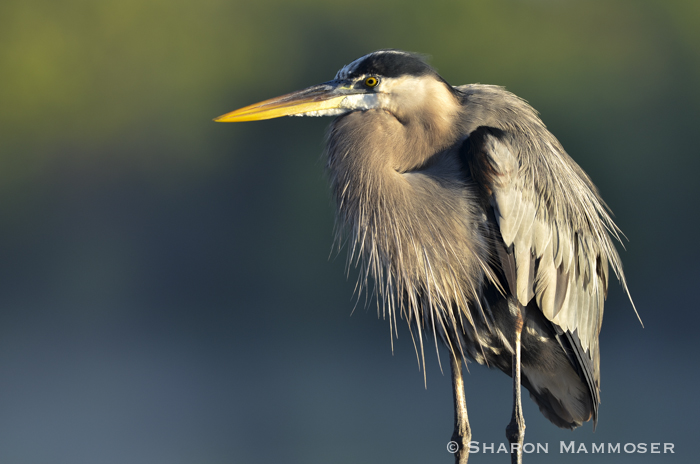 Great blue herons are always a treat to see, whether they are flying or standing in the shallow water, looking for fish. What do you know about them?
Great blue herons are always a treat to see, whether they are flying or standing in the shallow water, looking for fish. What do you know about them?
Here are a few fun facts:
 1. Great blue herons have a wingspan of 6 feet! If you’ve ever seen them fly you know they are quite impressive with their neck in an S-shape and their long legs streaming out behind them. When standing they are about 3 feet tall, though they can stretch to 4 feet.
1. Great blue herons have a wingspan of 6 feet! If you’ve ever seen them fly you know they are quite impressive with their neck in an S-shape and their long legs streaming out behind them. When standing they are about 3 feet tall, though they can stretch to 4 feet.
2. Great blue herons nest in colonies called heronries. They prefer dead trees but will nest in live trees and even on the ground if necessary, such as on an island. They don’t have any privacy issues that prevent them from nesting close to other herons. Some colonies have more than 500 nests in them! The birds return to the same spots each year.
3. According to the Cornell Lab of Ornithology, “Great Blue Herons have specialized feathers on their chest that continually grow and fray. The herons comb this “powder down” with a fringed claw on their middle toes, using the down like a washcloth to remove fish slime and other oils from their feathers as they preen. Applying the powder to their underparts protects their feathers against the slime and oils of swamps.”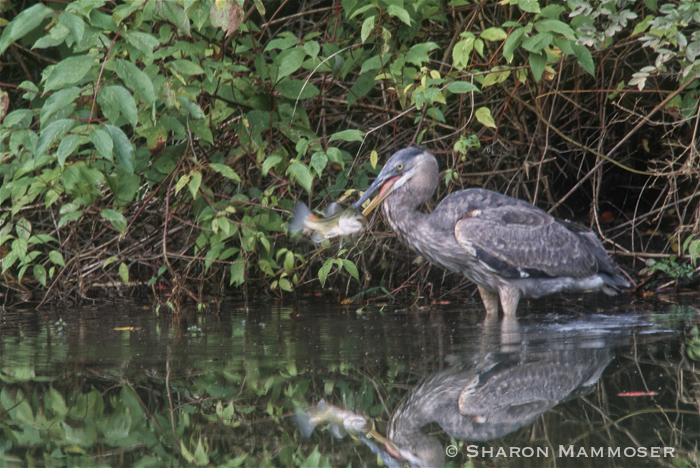
4. Even though Great Blue Herons seem like a big bird, they weigh only 5-6 pounds. Like other birds, their bones are hollow.
5. Males collect most of the sticks for the nesting material. He will present it to the female, who often sits in the nest waiting. She will weave the sticks into a platform which will be lined with soft materials such as pine needles, dry grass, moss and smaller twigs. It might take 2 weeks to build their nest.
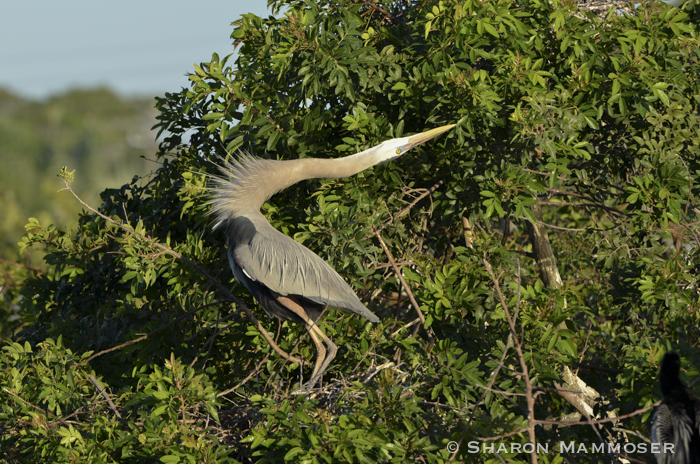
6. Great Blue Herons hunt from shallow water, moving slowly and searching the water under the surface. They will eat whatever they can catch including frogs, snakes, crayfish, fish, small mammals and even other birds. They will snag smaller prey with their strong mandibles or can use their sharp, dagger-like bills to impale larger creatures.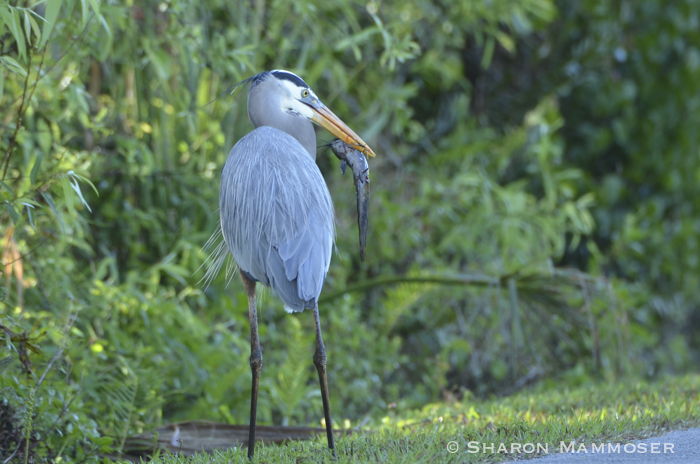
7. Some people refer to Great Blue Herons as cranes but this is incorrect. A crane is another type of bird. In the US there are Sandhill and Whooping Cranes. Cranes have shorter beaks and hold their necks straight out, whereas herons curve their necks into an S-shape. They are able to do this because of specially shaped vertebra. 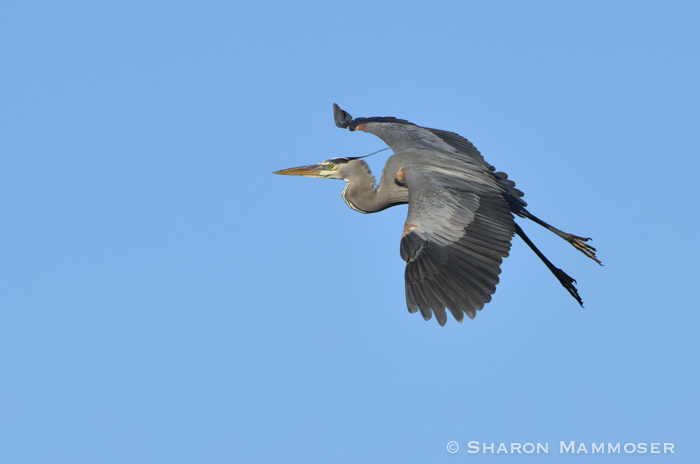
8. There is a pure white species of Great Blue Heron that lives in southern coastal Florida.
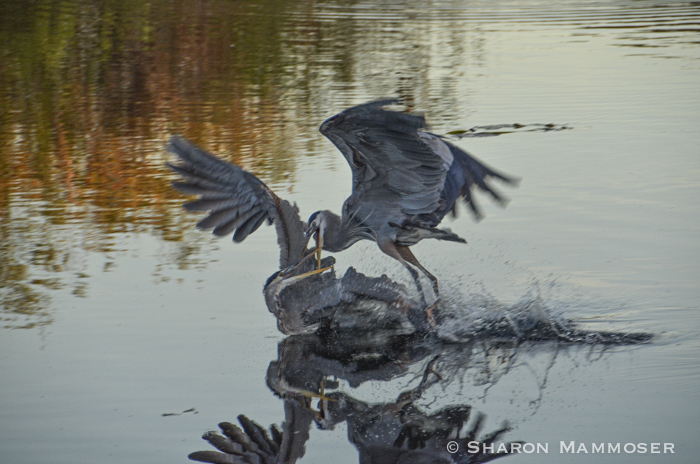
9. Great Blue Herons are the largest of the North American herons.
10. They can be found in both freshwater a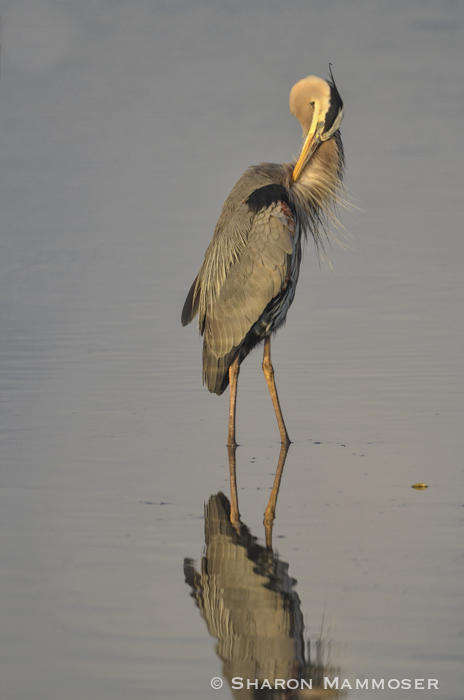 nd saltwater habitats.
nd saltwater habitats.
Do you know any other interesting facts about Great Blue Herons? If so, I’d love to hear from you! Use the comment box below to share your thoughts.

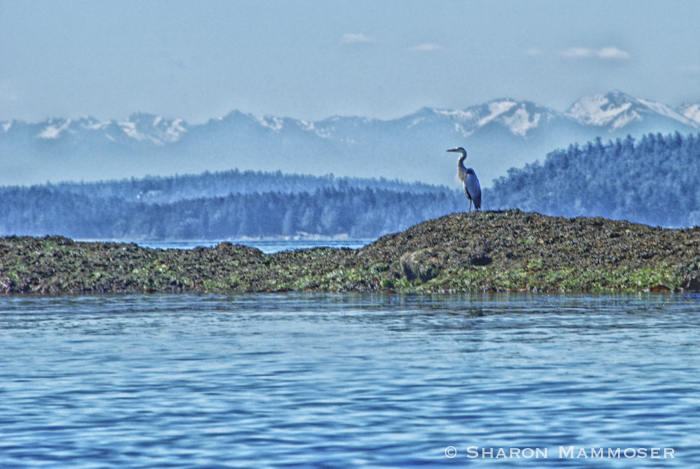
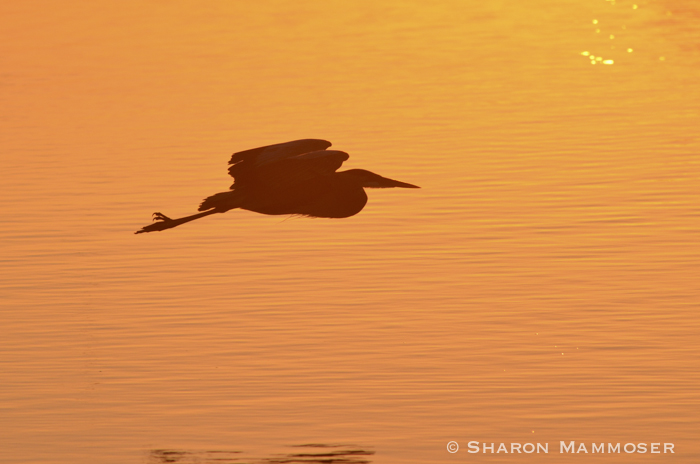

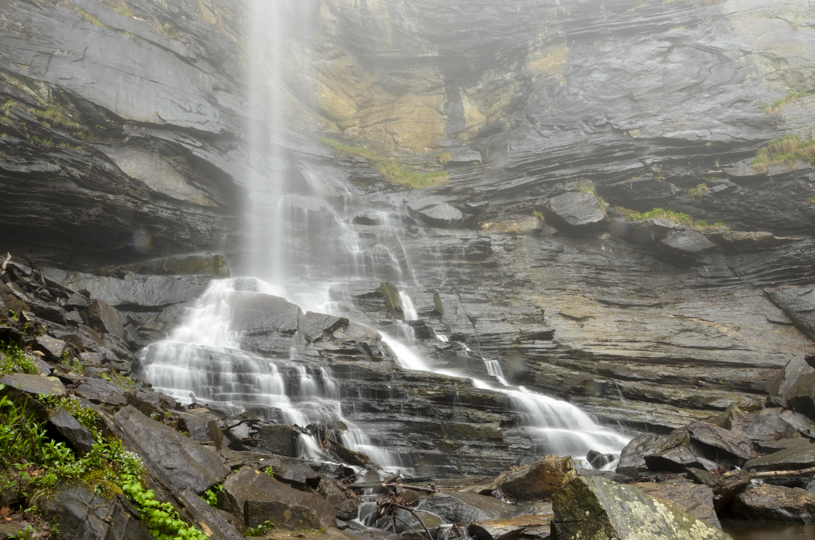
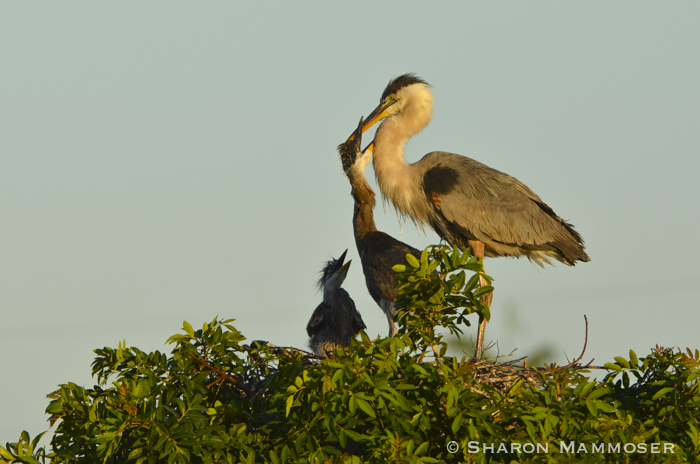
I came home tonight and noticed a blue heron sitting on the roof of an awning that I park my car under. I sat and watched it for a few minutes, and when I got out of my car it didnt fly away it just moved to the back of the awning.It was in a pretty dark area, I assumed it was trying to sleep. Is this normal? I used to have a gold fish pond in my back yard several years ago, and I had gold fish in there that were about 15 years old, and fairly large. I came home one day to find one of these birds standing in my pond eating my goldfish. Could this be the same bird that is on my awning now, and he has came back to eat some more fish?, or do these birds migrate and it just got night on this fellow so he found a place to rest til morning, so he could be back on his way. I had close to 100 gold fish in my pond, but one of these birds ate all of them. I live in Gainesville, Georgia and about 2 miles from Lake Lanier which is a 38,000 acre lake. I have never seen one of these birds in this area at this time of year. Thank you for the information. Please let me know if you know why this bird is here. It just seems real odd to me.
Hey James, thanks for getting in touch. Most great blue herons do migrate for the winter, but there are usually some that, for whatever reason, do not. These can be found as far north as Pennsylvania, Ohio and West Virigina. Fish are the favorite food of these birds so yes, they most definitely will happily feed on the goldfish and any other fish in your pond. They will spend their nights roosting in the safety of a tree, or in your case, some structure that allows them to be off the ground and away from predators. Sounds like your great blue heron likes the roof of your parking spot! In Georgia you may have great blue herons that don’t migrate since they will likely be able to find fish throughout the winter as the bodies of water don’t freeze over. The average life span of a great blue heron is about 15 years, so this one that you’re seeing could be the same one. Or maybe it’s just a great spot and someone else has discovered it!
Have a great day! Thanks again for reading and commenting! Let me know if you have other questions.